THE “Secret” to Full Flavored Citrus-Baking
We’re quickly approaching citrus season. And what a joy that is. Citrus is the best to cook and bake with. We all know the magic lemon slices work on baked salmon, for instance.
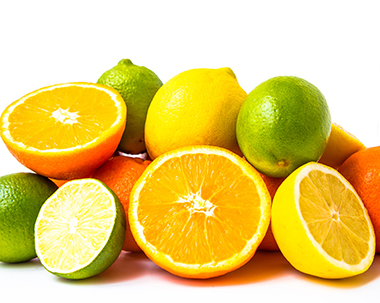
With citrus in mind, I thought you might be interested in how to cook successfully with citrus. The key word here is “successfully.” There’s a secret to successfully baking with lemons, limes, and oranges.
You see, all citrus dulls when baked, but while a lemon is tart and bright—thanks to its high acidity—the mild flavor of an orange is especially fleeting. So that said, let’s look specifically at how to deal with orange’s fleeting flavor.
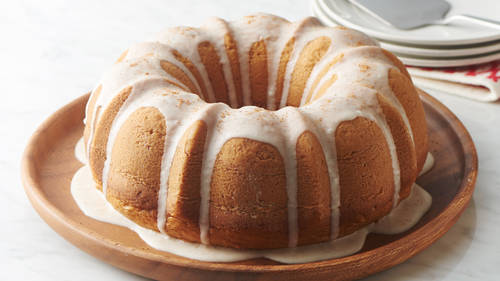
The pros at America’s Test Kitchen addressed it and came up with “the secret.” They experimented with an orange bundt cake. They messed around with several approaches. First they tried adding powdered Tang®. They then turned to fresh orange juice and orange juice concentrate. Orange extract was another hope. And finally orange oil was tested in the recipe.
The Test Kitchen bakers then started combining combinations of these ingredients. All results were OK to ho-hum. But then they discovered “the secret.” Adding orange peel (as zest) made THE difference!
In the end it was a combination of zest, fresh juice, and orange juice concentrate that delivered the most possible fresh orange flavor in every bundt cake bite.
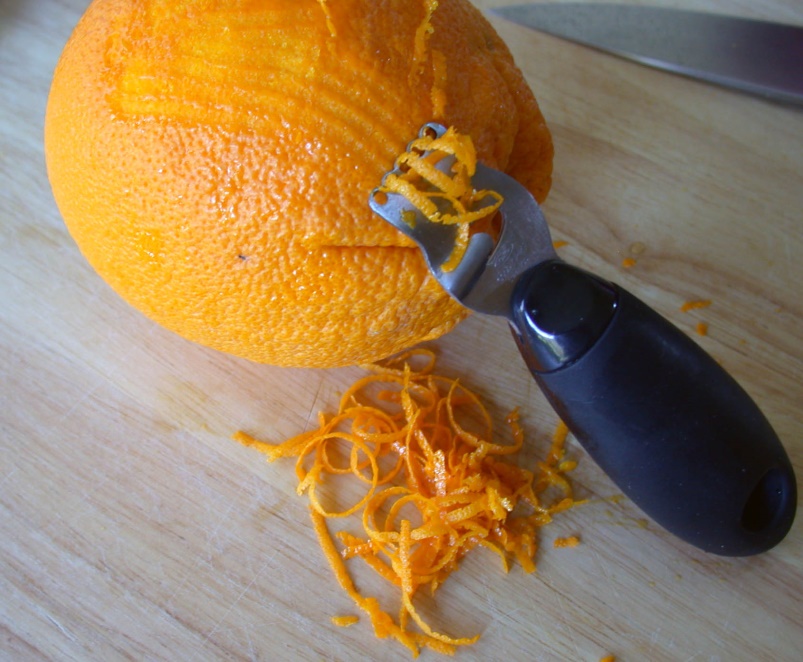
The Test Kitchen testers all agreed that the zest was the key to turning out a moist, rich, and tender cake that tasted like it was straight from the grove.
I’ve done my own experimenting with citrus peel and have found that not just zest, but larger sized shredded peel has its place as well. Sugar cookies, for instance, are really yummy with shredded orange peel and a titch of orange emulsion added to the recipe. I’ve even gone with a bigger size—grated peel, with terrific success.
But if it’s true zest you’re after, which is the best tool for the job? Real Simple magazine has a well-researched opinion on that question. Here’s their conclusion:
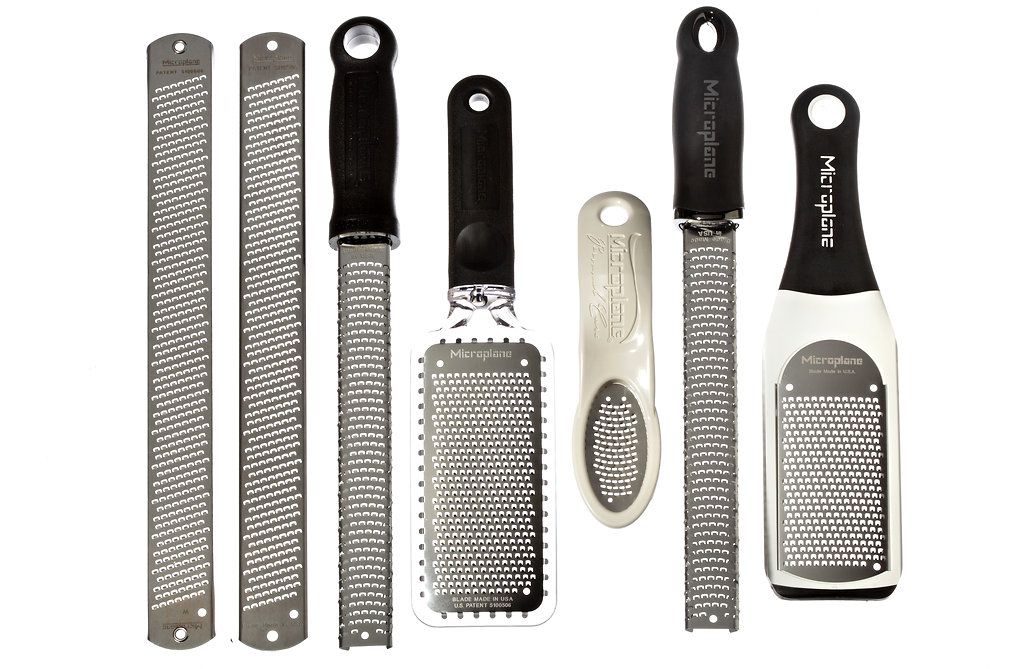
A zester works by releasing tiny bursts of concentrated flavor (from cinnamon sticks, nutmeg, and citrus rind, for example). More slender and with smaller holes than rasp graters, microplane zesters make hundreds of fine cuts. They’re ideal for lemons, limes, and oranges since the tiny holes won’t pick up pith—the bitter white part of the skin—the way a grater or shredder will.
When buying, you want to look for razor-edged holes and a thin grater plate (the thinner the metal, the finer the cutting edge).
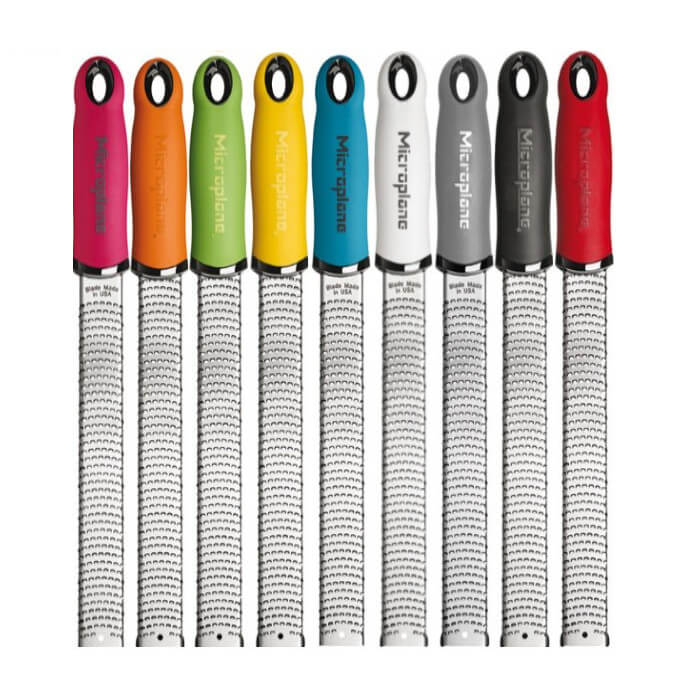
After trying most zesters on the market, the cooks at Real Simple found that the Microplane Original Series Zester Grater, turned out the best results. It was their favorite; it runs about $13 (see it on microplane.com).
Lastly, here’s one good zesting tip that addresses a common zesting problem: how running citrus back and forth against a zester creates a blizzard of zest and spray. To avoid this, drag the zester across the rind, following the curve, as if you’re shaving the fruit. The zest will collect neatly on the underside. One more thing: when a recipe calls for zest and juice, zest first; squeezed fruits lose their shape and are difficult to grate.
And since orange bundt cake’s been discussed, how about I close with a wonderful recipe for it? This comes from my Aunt Annie, who also knew THE secret to baking citrus anything.
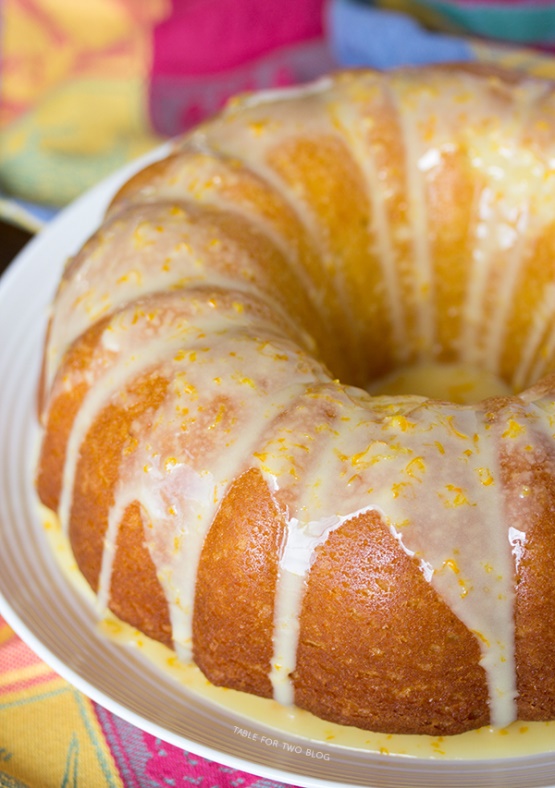
ORANGE BUNDT CAKE
CAKE
1 package (18 1/4 ounce box) yellow cake mix
1 package (3 ounce package) instant vanilla pudding mix
1/2 cup undiluted orange juice concentrate
¼ cup fresh orange juice
1⁄2 cup melted butter
4 eggs
1 teaspoon orange extract
3 tablespoons orange zest, divided
GLAZE
1⁄2 cup fresh orange juice
¾ to 1 cup powdered sugar
1⁄4 cup melted butter
Grease a 10 inch Bundt pan. Preheat oven to 325 degrees F.
In a large bowl, stir together cake mix and pudding mix. Make a well in the center and pour in cup orange juice concentrate, orange juice, melted butter, eggs, orange extract, and 2 tablespoons orange zest. Beat on low speed until blended. Scrape bowl and beat for 4 minutes on medium speed. Pour batter into prepared pan.
Bake for 50 to 60 minutes or until a toothpick inserted into the center of the cake comes out clean. Cool in the pan for 10 minutes, then transfer to a wire rack and cool completely.
For glaze, add orange juice, sugar, butter, and zest to a small bowl. Blend well. Drizzle over the cake.
- www.greenleafchemical.net
- www.lifemadedelicious.ca
- www.commons.wikimedia.org
- www.nytimes.com
- www.weissgallery.it
- www.tablefortwoblog.com
 Alice Osborne
Alice Osborne
DVO Newsletter Contributor since 2006
Email the author! alice@dvo.com
